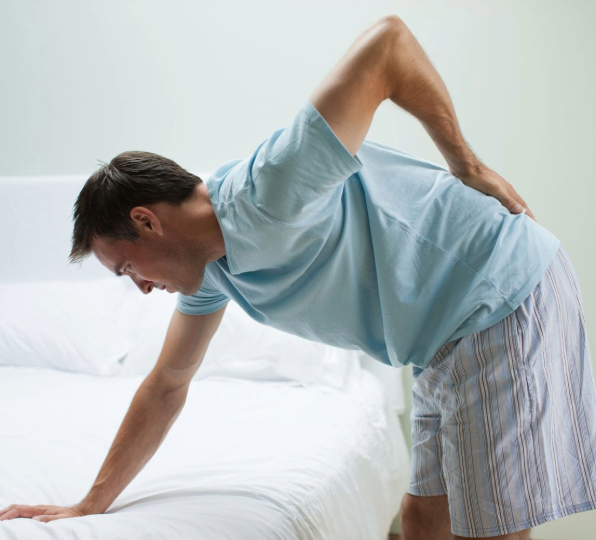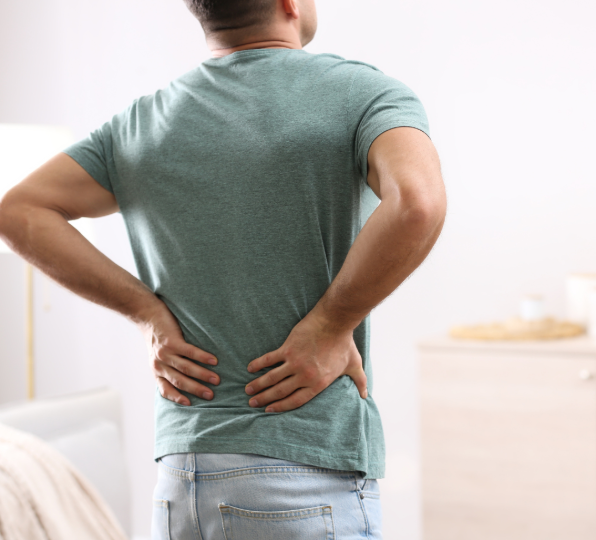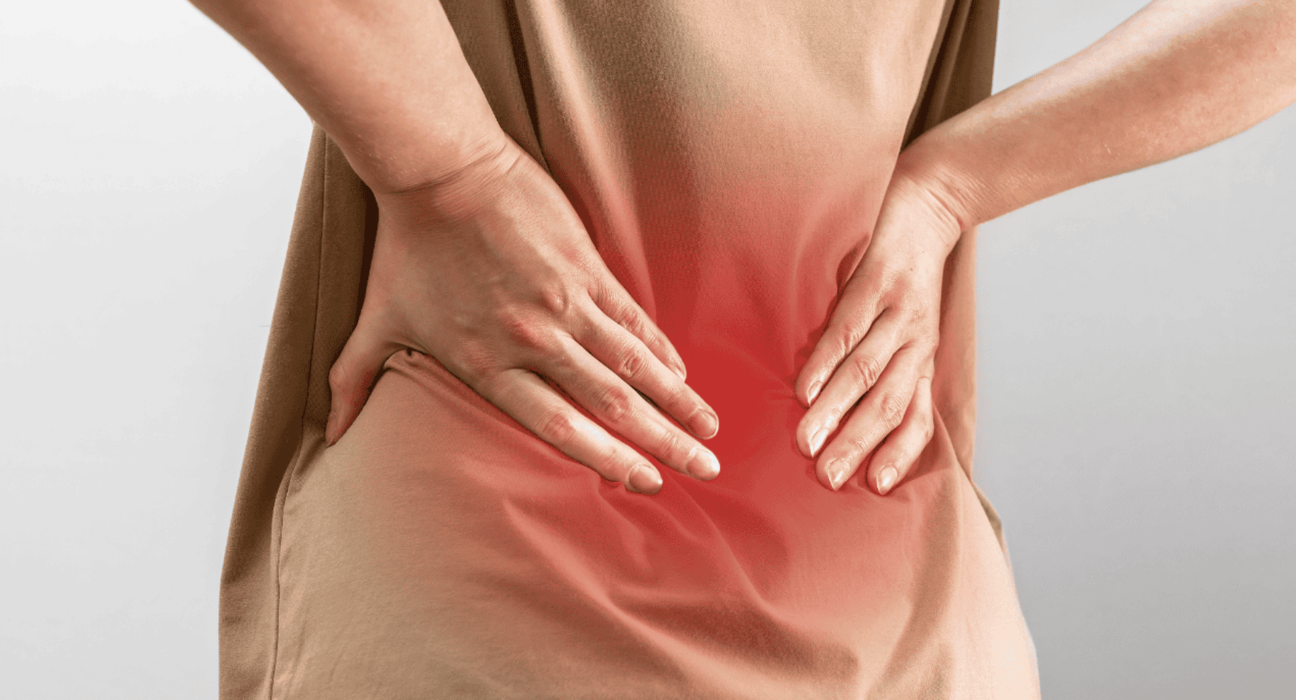Introduction:
Back pain is a common ailment that affects millions of people worldwide, impacting their daily activities, productivity, and overall well-being. Whether it’s caused by poor posture, muscle strain, or underlying health conditions, finding quick relief from back pain is essential for restoring comfort and mobility. In this comprehensive guide, we’ll delve into the various causes of back pain and explore a wide range of strategies and techniques for alleviating discomfort quickly and effectively.
1. Understanding Back Pain: Causes and Symptoms
Before we can effectively address back pain, it’s crucial to understand its underlying causes and symptoms. Back pain can be acute or chronic and may stem from a variety of factors, including muscle strain, ligament sprains, herniated discs, spinal stenosis, or underlying health conditions like arthritis or osteoporosis. Symptoms of back pain may include dull or sharp pain, stiffness, muscle spasms, and limited mobility. By identifying the root cause of your back pain, you can tailor your treatment approach for optimal relief.
2. Quick Relief Strategies for Back Pain
Stretching and Mobility Exercises: Gentle stretching exercises can help relieve tension in the muscles of the back, hips, and hamstrings, promoting flexibility and mobility.
Hot and Cold Therapy: Applying heat or cold to the affected area can help reduce inflammation, soothe sore muscles, and alleviate pain.
Over-the-Counter Pain Medications: Non-prescription pain relievers like ibuprofen or acetaminophen can provide temporary relief from back pain by reducing inflammation and discomfort.
Posture Correction: Improving posture through conscious awareness and ergonomic support can alleviate strain on the back and prevent future discomfort.
Gentle Exercise: Engaging in low-impact activities like walking, swimming, or yoga can strengthen back muscles, improve flexibility, and reduce pain.
3.Lifestyle Modifications for Back Pain Prevention
Maintain a Healthy Weight: Excess weight can strain the muscles and structures of the back, increasing the risk of pain and injury. Maintain a healthy weight through a balanced diet and regular exercise to reduce strain on the back.
Practice Good Ergonomics: Whether sitting at a desk or lifting heavy objects, practicing proper ergonomics is essential for preventing back pain. Use ergonomic chairs, adjustable desks, and proper lifting techniques to minimize strain on the back.
Stay Active: Regular physical activity is crucial for maintaining back health and preventing pain. Incorporate activities that strengthen core muscles, improve flexibility, and support spinal alignment.
Quit Smoking: Smoking can contribute to back pain by impairing circulation and reducing oxygen flow to the spine. Quitting smoking can improve circulation, reduce inflammation, and promote healing in the back.
Manage Stress: Chronic stress can exacerbate back pain by increasing muscle tension and inflammation. Practice stress-reduction techniques such as meditation, deep breathing, or yoga to promote relaxation and alleviate tension in the back.
Stay Hydrated: Dehydration can lead to muscle cramps and stiffness, exacerbating back pain. Drink plenty of water throughout the day to keep muscles hydrated and functioning properly.
Invest in Supportive Footwear: Wearing supportive footwear with proper arch support can help maintain spinal alignment and reduce strain on the back, especially during activities like walking or standing for long periods.
4.Professional Treatment Options for Severe Back Pain
Physical Therapy: A physical therapist can develop a personalized treatment plan to address specific issues contributing to back pain, incorporating exercises, manual therapy, and other techniques to improve mobility and reduce discomfort.
Chiropractic Care: Chiropractic adjustments can help realign the spine, alleviate pressure on nerves, and reduce pain associated with musculoskeletal issues.
Massage Therapy: Massage therapy can help relieve muscle tension, improve circulation, and promote relaxation in the back, providing relief from acute or chronic pain.
Acupuncture: Acupuncture involves the insertion of thin needles into specific points on the body to stimulate healing and alleviate pain. It can be an effective treatment option for back pain, especially when combined with other therapies.
Medication Management: In cases of severe or chronic back pain, prescription medications such as muscle relaxants, anti-inflammatories, or opioids may be prescribed to manage symptoms and improve quality of life.
Injections: Epidural steroid injections or nerve blocks may be recommended for individuals with severe back pain that does not respond to other treatments. These injections can help reduce inflammation and alleviate pain by targeting specific nerves or areas of the spine.
5.Stretching Exercises
Performing targeted stretching exercises can help loosen tight muscles, improve flexibility, and alleviate tension in the back. Focus on stretches that target the muscles of the lower back, hips, and hamstrings, such as the cat-cow stretch, child’s pose, and seated forward bend. Incorporating these stretches into your daily routine can provide quick relief from back pain and prevent future discomfort.
6. Hot and Cold Therapy
Applying heat and cold therapy to the affected area can help reduce inflammation, soothe sore muscles, and alleviate pain. Use a heating pad or hot water bottle to apply heat to the back for 15-20 minutes at a time, or take a warm bath to relax tense muscles. Alternatively, apply an ice pack or cold compress to the back for 10-15 minutes to numb the area and reduce swelling. Alternating between hot and cold therapy can provide quick and effective relief from back pain.
7. Over-the-Counter Pain Medications
Over-the-counter pain medications, such as ibuprofen or acetaminophen, can help reduce pain and inflammation associated with back pain. These medications can provide quick relief when taken as directed, but it’s important to consult with a healthcare professional before using them, especially if you have any underlying health conditions or are taking other medications.
8. Posture Correction
Poor posture is a common cause of back pain, especially in individuals who spend long hours sitting at a desk or standing for extended periods. Improving your posture by maintaining a neutral spine, sitting up straight, and avoiding slouching can help alleviate back pain and prevent future discomfort. Consider using ergonomic chairs or lumbar support cushions to support your spine and promote proper alignment.
9. Gentle Exercise
Engaging in gentle exercise, such as walking, swimming, or yoga, can help strengthen the muscles of the back, improve flexibility, and reduce pain. Low-impact activities that focus on gentle stretching and strengthening can help alleviate tension and promote healing in the back. Start slowly and gradually increase the intensity and duration of your workouts as your back pain improves.


Conclusion:
In conclusion, back pain can be a frustrating and debilitating condition, but there are many quick and effective ways to alleviate discomfort and promote healing. By incorporating stretching exercises, hot and cold therapy, over-the-counter pain medications, posture correction, and gentle exercise into your daily routine, you can find fast relief from back pain and get back to enjoying life to the fullest. If your back pain persists or worsens despite these interventions, it’s important to consult with a healthcare professional to rule out any underlying conditions and receive appropriate treatment. With the right approach, you can overcome back pain quickly and effectively, allowing you to live your life free from discomfort and limitations.












